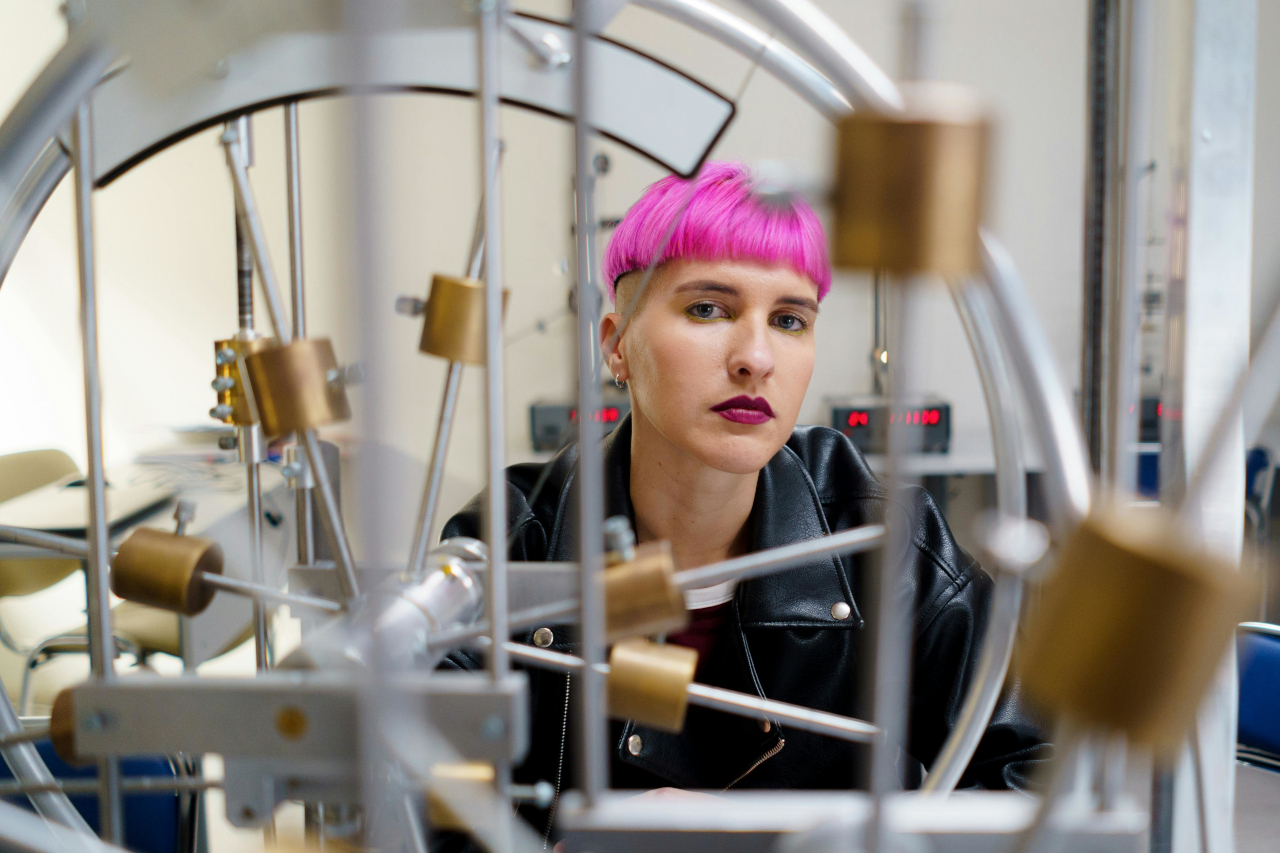What will you learn?
1. What new experiments are being conducted at the Thomas Jefferson National Accelerator Facility?
2. What have scientists discovered about the interior of the proton?
3. What are the key features of the proton's core?
4. What techniques are being used to study the proton?
5. What is the role of light in experiments on the proton?
Mapping the Interior of the Proton
The latest research, conducted at the Thomas Jefferson National Accelerator Facility in Newport News, Virginia, among others, opens up new horizons in understanding the structure of the proton. Scientists have begun to study this subatomic particle as if it were a planet, using interior mapping techniques. The discoveries are astonishing: the core of the proton features pressures more intense than in any other form of matter, and halfway to its surface, clashing vortices of force are observed.
Experiments in a New Light
Extraordinary experiments that use light to mimic gravity are the key to discovering new facts about the proton. Researchers at the Jefferson Lab harness the remarkable ability of photon pairs to mimic the graviton particle—the hypothetical particle that carries the force of gravity. This opens up entirely new possibilities for studying the proton in an alternative way, allowing for a deeper understanding of its structure in an unprecedented manner.
Unraveling the mysteries of the proton is an extraordinary endeavor that opens up new perspectives in subatomic physics. Through innovative experiments and advanced techniques, scientists hope to delve not only into the structure of the proton itself but also its role in the universe. These discoveries have the potential to revolutionize our understanding of matter and the foundations of subatomic physics.






